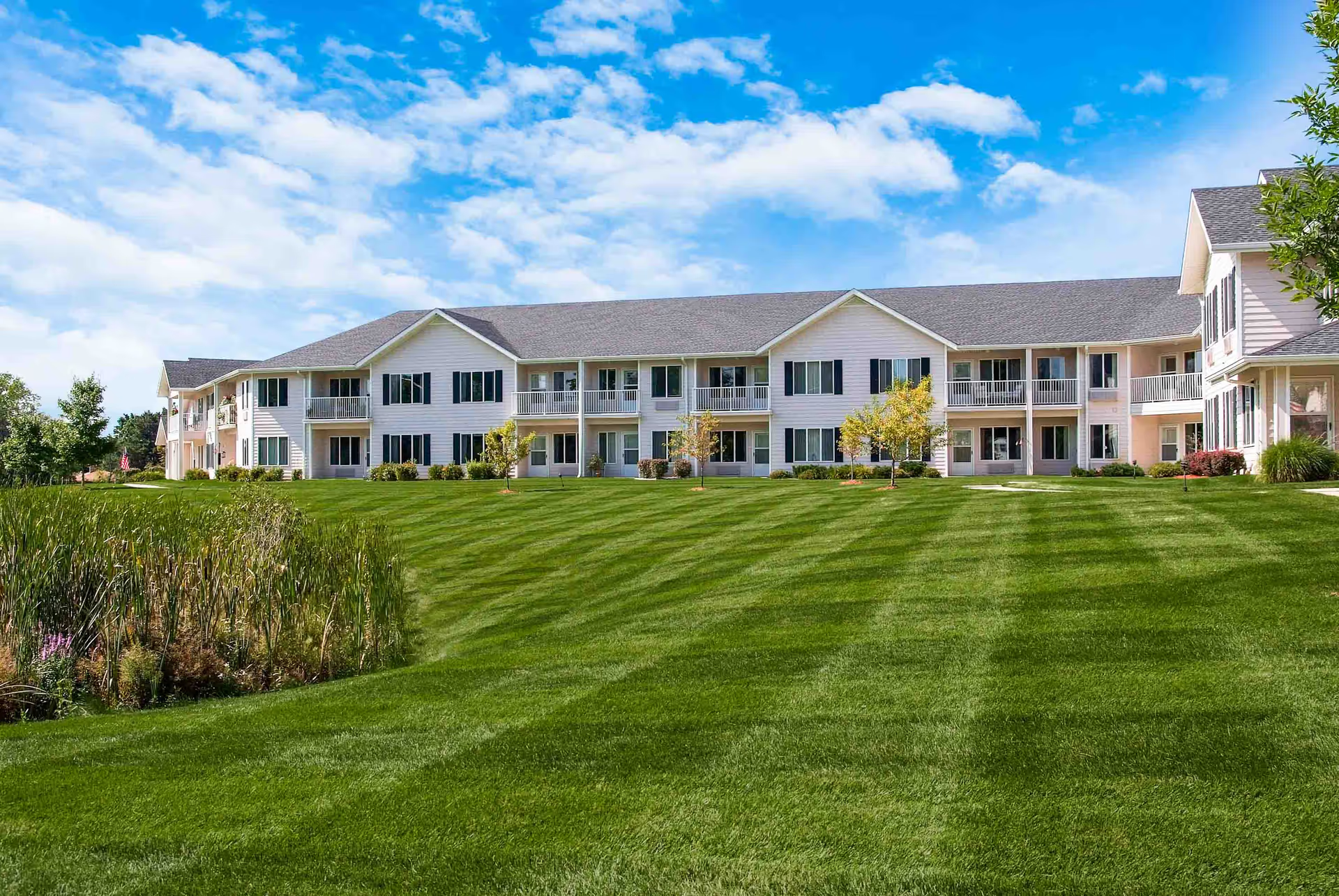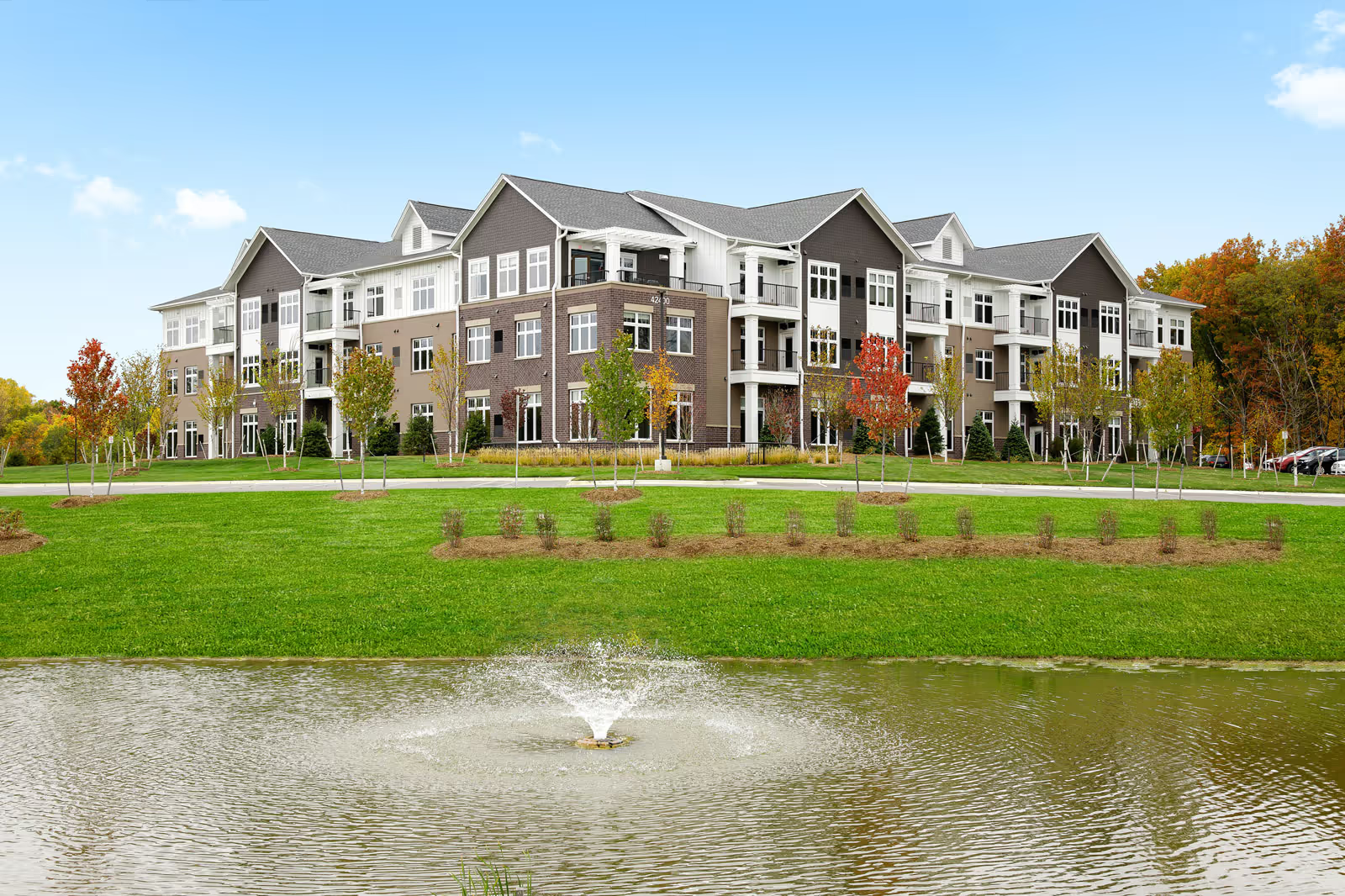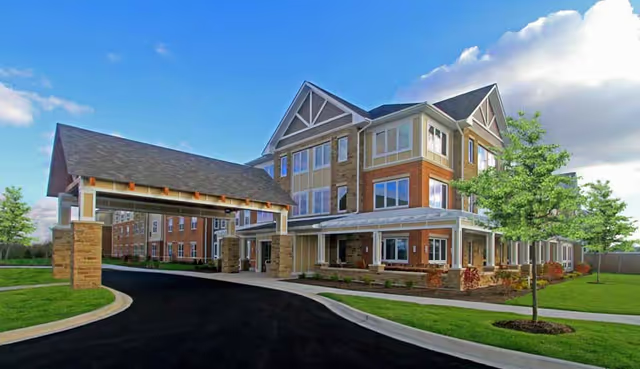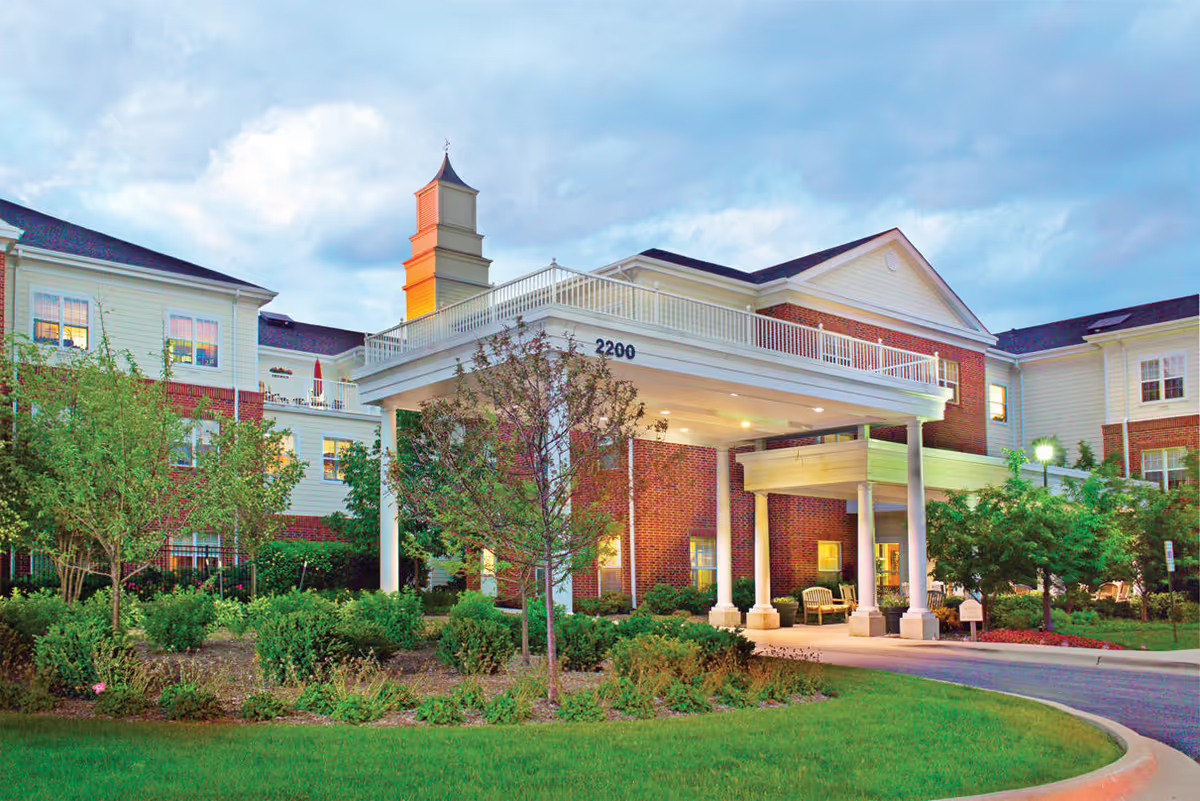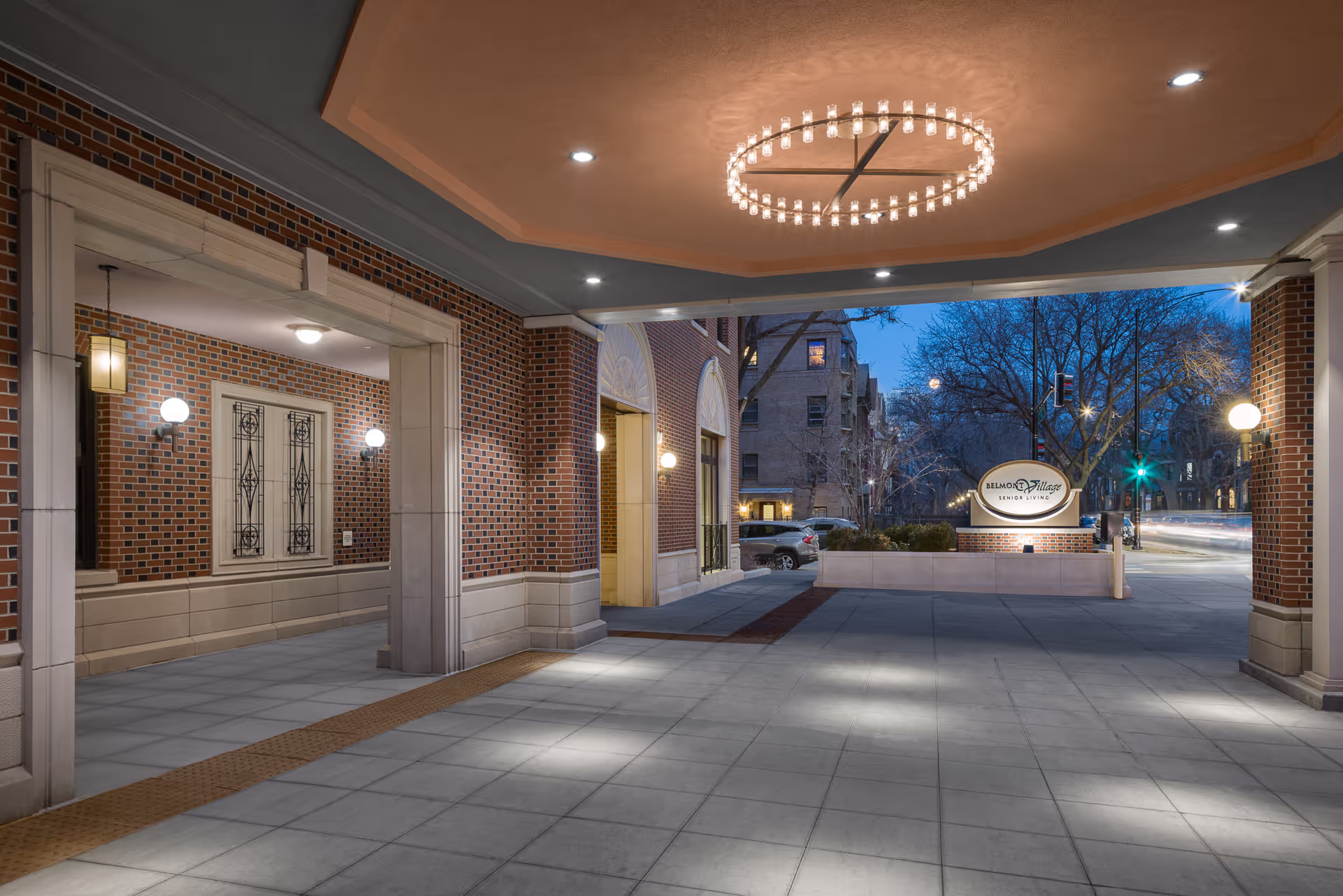The reviews present a strongly mixed set of impressions with a notable split between facility appearance/staging and serious care and safety concerns. On the positive side, multiple reviewers describe the building and rooms favorably: the facility is described as beautiful, rooms are mostly private, nicely done, well kept, very clean with no odor, and basic in-room amenities (bed, closet, side table, TV) are present. The dining area is reported as clean. Several reviewers explicitly call staff helpful or very good, and security is noted as good. Activities are offered, indicating some programming is in place.
However, there are repeated and serious negative reports related to clinical care, safety, and staffing. Major themes include medication errors or omissions, ignored emergency/panic buttons and slow responses to call lights, lack of bathroom assistance, and specific failures in wound and respiratory care. Reviewers describe situations where residents with COPD or ulcers did not receive appropriate care, where wound care was not provided, and where medication administration appears unreliable. Staffing levels are referenced as insufficient, which reviewers connect to slow responses and lapses in monitoring.
Safety incidents are a prominent and alarming pattern. Reviews recount falls associated with missing safety rails, delayed evaluation or transfer to the emergency room after a fall, and the addition of a bed alarm only after a fall had already occurred. One review specifically notes delirium and poor monitoring, and another describes an emergency button being ignored for long periods. These accounts suggest systemic shortfalls in fall prevention, monitoring, emergency response protocols, and post-incident quality improvement.
There is a clear inconsistency between reviewers who praise the staff and those who report neglectful or unsafe care. This suggests variability in resident experiences that could be related to differences across units, shifts, individual staff members, or changes over time. While some families encountered helpful and attentive staff and appreciated the clean environment, others experienced critical lapses that directly harmed residents' safety and health.
Other quality-of-life issues include reports of institutional, unappealing food and activities that are offered but not well attended. These comments point to potential gaps in engagement or programming effectiveness despite the presence of activities. Taken together, the reviews indicate that while the physical environment and some staff members may be strong points, there are significant and recurring concerns about clinical care, staffing adequacy, safety practices, and emergency responsiveness.
Given the severity of the negative reports—medication errors, ignored emergency calls, inadequate wound and COPD care, and fall-related failures—prospective residents and family members should approach with caution. Important follow-up questions to ask facility management include current staffing ratios and turnover, medication administration and reconciliation processes, wound-care protocols, fall-prevention measures (including use and timing of bed alarms and safety rails), emergency response procedures, and how the facility addresses and learns from incidents. The mixed nature of the feedback means that on-site investigation and specific, documented assurances about clinical care and safety practices are warranted before making placement decisions.
